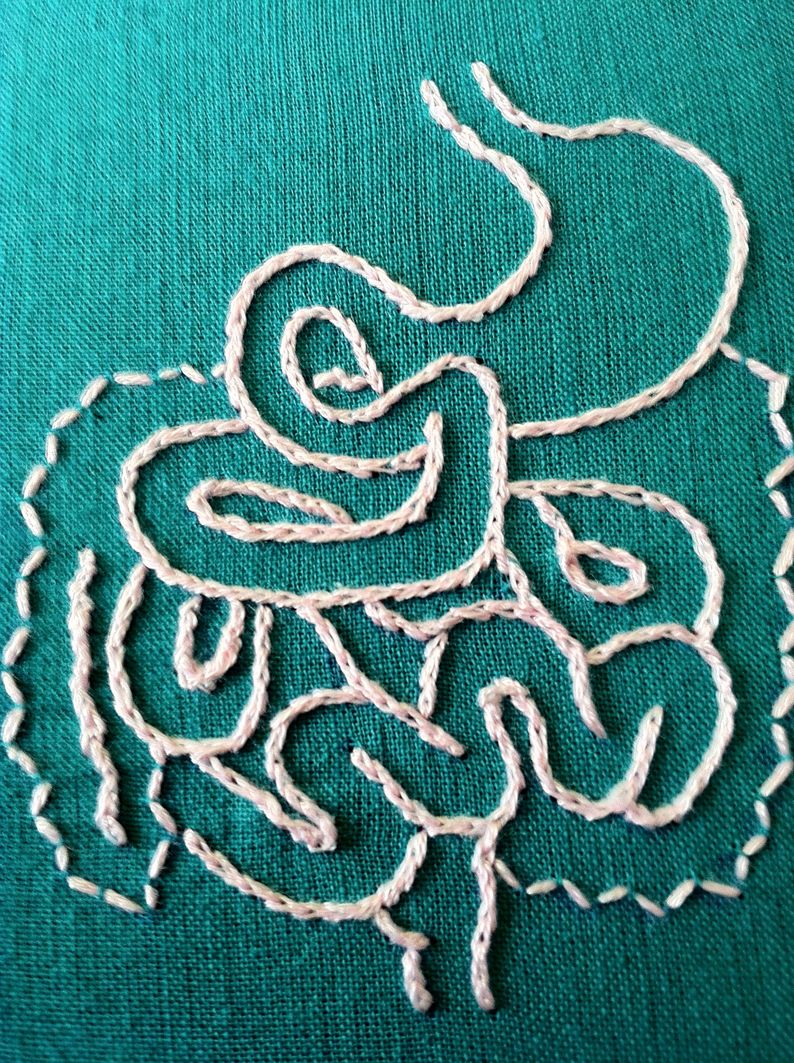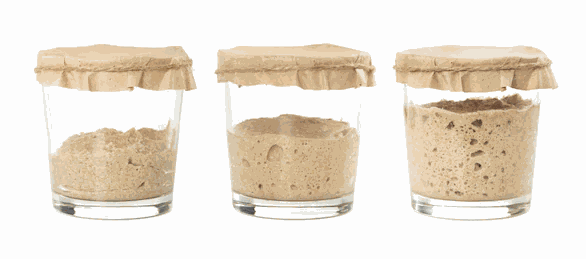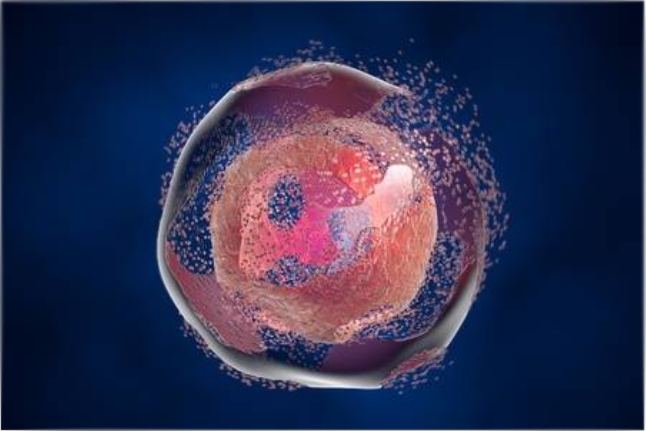PiantoBiotic range
Learn more about the three production phases of PiantoBiotic, which highlight the quality of our production: Controlled Bioactivity.
PiantoBiotic products are oral solutions, made from plants and nutrients, specifically designed to relieve health issues and discomfort related to intestinal microbiota imbalance.
PiantoBiotic products combine plasmolyzed yeast*, essential for a healthy microbiota, with a series of plants in various forms, to create synergy between plants and micronutrients.
* Plasmolysis: the membrane of the plant cell peels off following water loss
I. The importance of the microbiota for health

The human body contains more bacteria than cells.
The gut microbiota plays a major role in human health and illness, yet is sometimes called the "forgotten" organ.
Our bodies contain a significant amount of bacteria. They are so numerous that they are sometimes considered an organ in their own right. These bacteria interact with each other, but also with us, which affects our health.
This approach to the microbiota can seem quite negative. Yet, we tend to forget that this organ enables a relationship between microbial flora and our body. It also sends signals to the immune system, promoting the maturation of immune cells and the normal development of immune function, to fight external threats. It is thus logical that an imbalance in the microbiota or the presence of a pathogenic* microbe can cause certain illnesses. Many diseases, such as obesity, type II diabetes or even cardiovascular disease, have been linked to microbiota imbalance.
It is thus essential to care for the microbiota and prevent imbalance.
*which can cause illness
II. The stages of B.St-Joseph production
Like Pianto, B. St-Joseph production requires three key steps, together called Controlled Bioactivity.
Given its importance for health, PiantoBiotic products are essential for targeting microbiota balance.

Phase 1: fermentation of the Saccharomyces Cerevisiae yeast
During fermentation, the yeast develops slowly in a fructose-rich medium which promotes the production of bioactive molecules. They promote balanced health and enrich the intestinal microbiota.
Why yeast? It has many benefits, such as stimulating the immune system, protecting the body from damage caused by free radicals and even regulating the microbiota.
Yeast is a source of many nutrients, including B vitamins, which have high bioavailability, and thus constitute a significant part of daily vitamin intake. Yeast is also a source of trace elements such as zinc, selenium, manganese and molybdenum.
Yeast
Source of antioxidants
Free radicals attack our bodies on a daily basis but can be neutralized by antioxidants. Glutathione and selenomethionine, both powerful antioxidants, are found in traditional yeast. They help protect our cells and eliminate environmental toxins.
Prebiotic action
Prebiotics feed the intestinal bacteria, thus promoting their growth and diversity and improving the health of the intestinal flora. Yeast provides two prebiotics in particular: alpha-mannan and beta-glucan. These two carbohydrates reduce the frequency of infections caused by pathogenic bacteria.

Phase 2 : cell lysis
After fermentation, many compounds are found in the product but are not necessarily absorbed by the intestine. The yeast and compounds in the product are then lysed (fragmented), to increase bioavailability. The yeast is heated gradually to release the cell contents. Cell membranes then act as prebiotics for intestinal bacteria.
The benefit of lysed cells compared to living cells is that they can interact directly with intestinal cell receptors. This communication is essential for resolving inflammation of the intestinal mucosa.
Compared to probiotics (live bacteria), the use of heat-killed yeast could produce superior effects than live probiotics, through the release of their components.

Phase 3 : concentration
The last step combines different plants in various forms to obtain synergistic action, targeting specific health issues.
Phytotherapy is the principle of using plants to promote health. It can be divided into two categories:
-
Traditional phytotherapy : based on thousands of years of plant use by humans, this type of phytotherapy provides a large amount of information, which sometimes needs verification.
-
Modern phytotherapy : based on the latest scientific information, this type of herbal medicine provides very precise information on the effectiveness of plants. Unfortunately, many still require study and several grey areas persist.
B. St-Joseph products are based on both visions: on one hand, the incredible encyclopaedia of knowledge provided by traditional phytotherapy and, on the other hand, the effectiveness and precision of modern phytotherapy. Plants are therefore found in various forms: powders, extracts, flavours and even honeys from specific plants.

Active ingredients
The active ingredients can be found in various parts of the plant: leaves, flowers, roots and even the fruit. They can have a single action or target several issues. The same action may differ from one variety to another, which is why when designing B. St-Joseph products, careful attention must be paid to choosing the plants, and their origin.
Synergistic action
B. St-Joseph products are based on the principle of synergistic action between plants, nutrients (vitamins B1, B2, B6 and minerals) and lysed yeast. The latter provides additional micronutrients, which increase the effectiveness of plants. The synergistic action can also be found with a single plant, because analysing the active ingredients one-by-one never reveals the plant's true effectiveness.
Our products






















